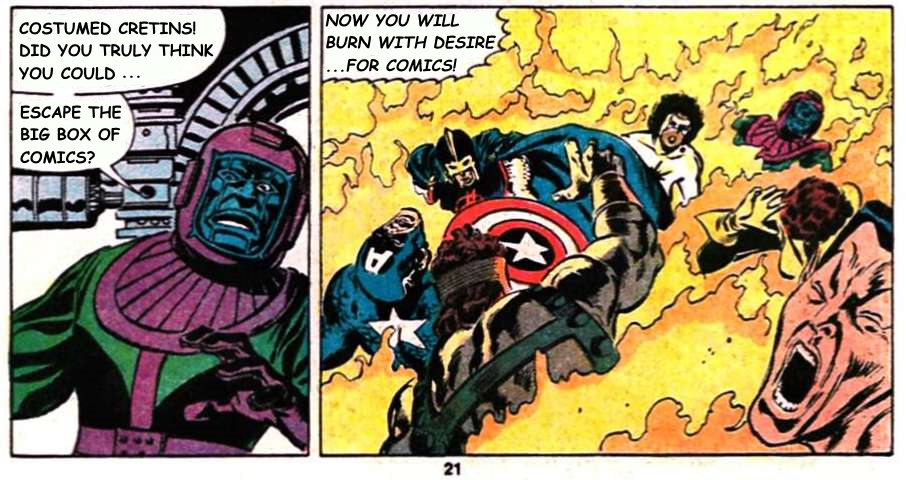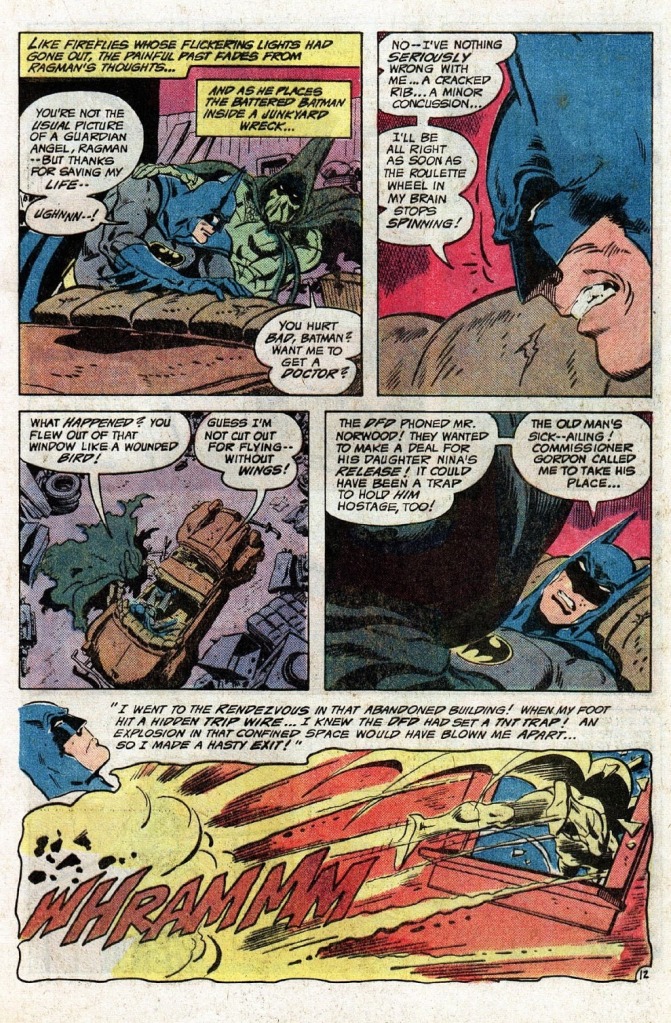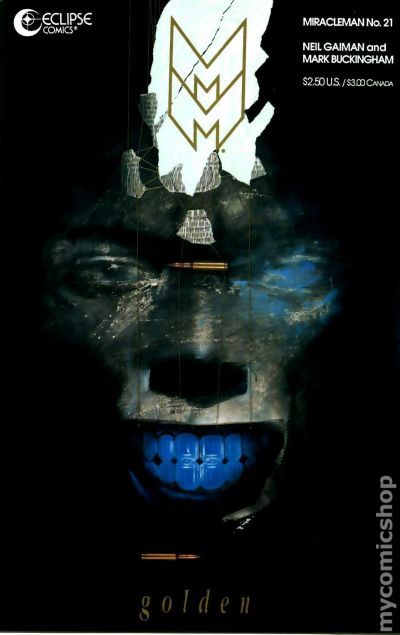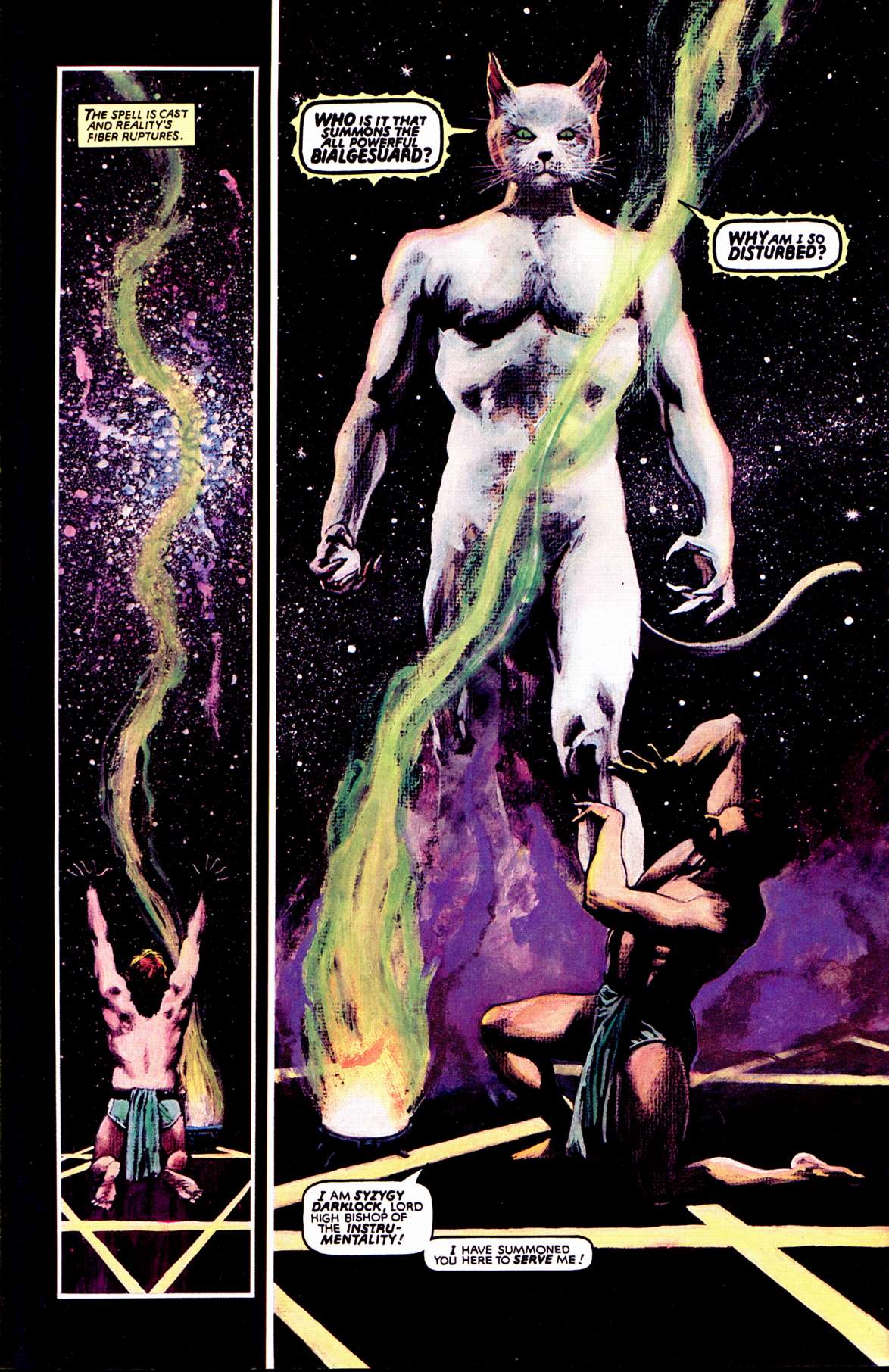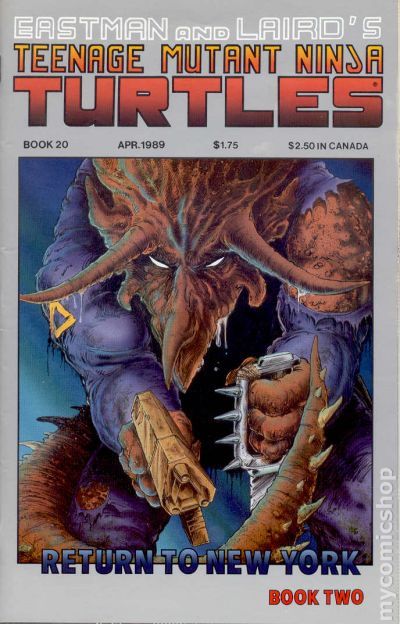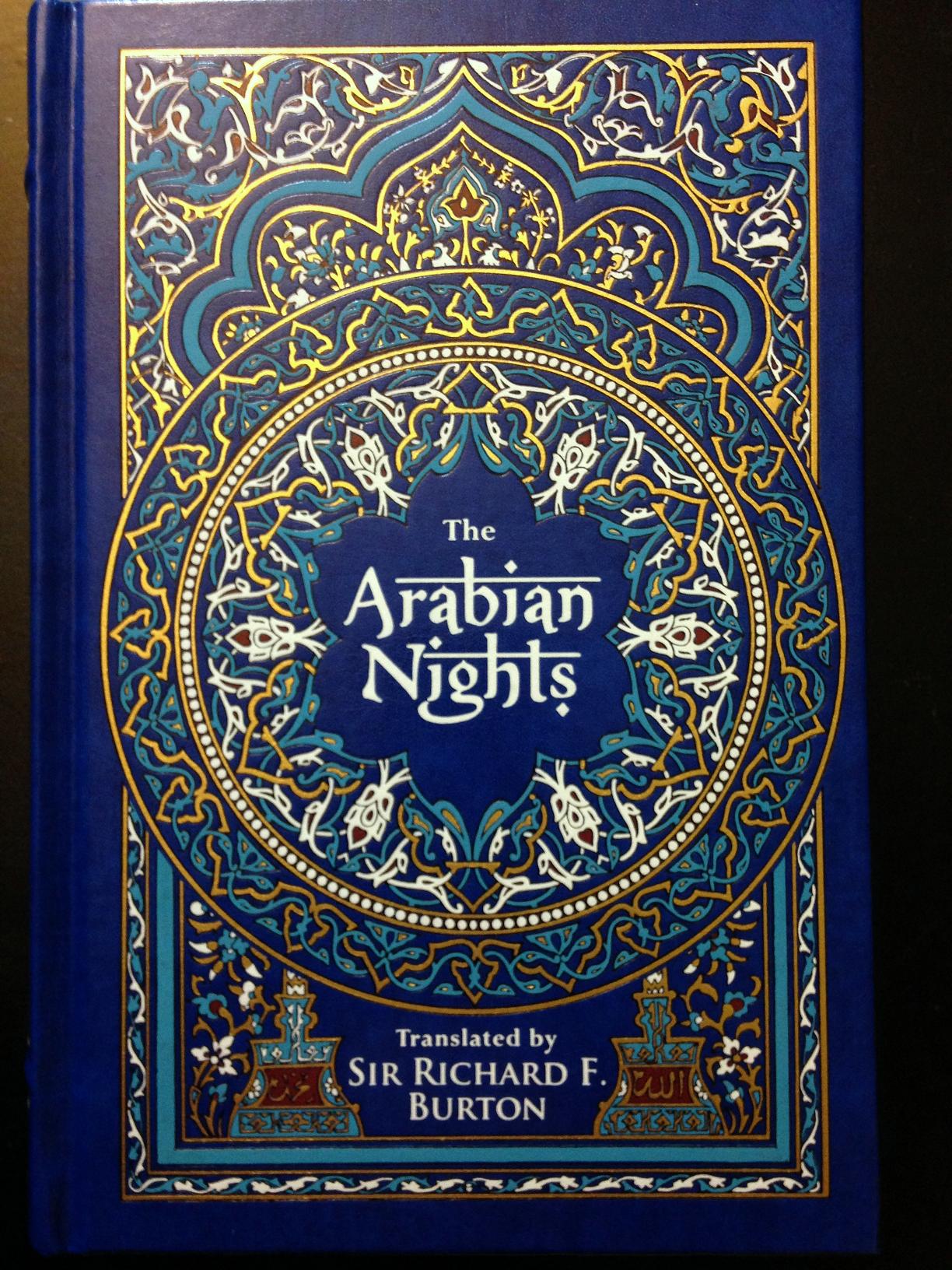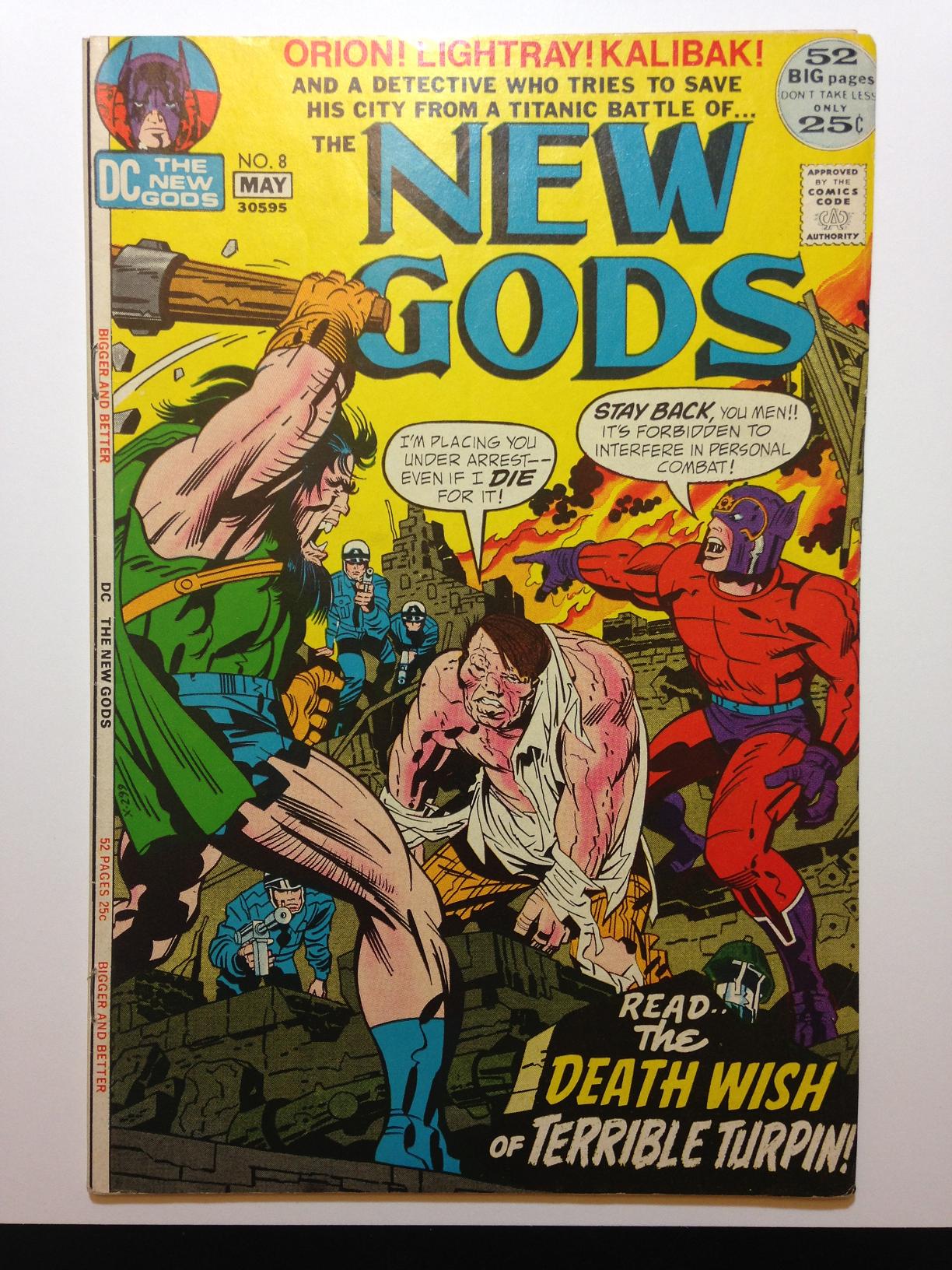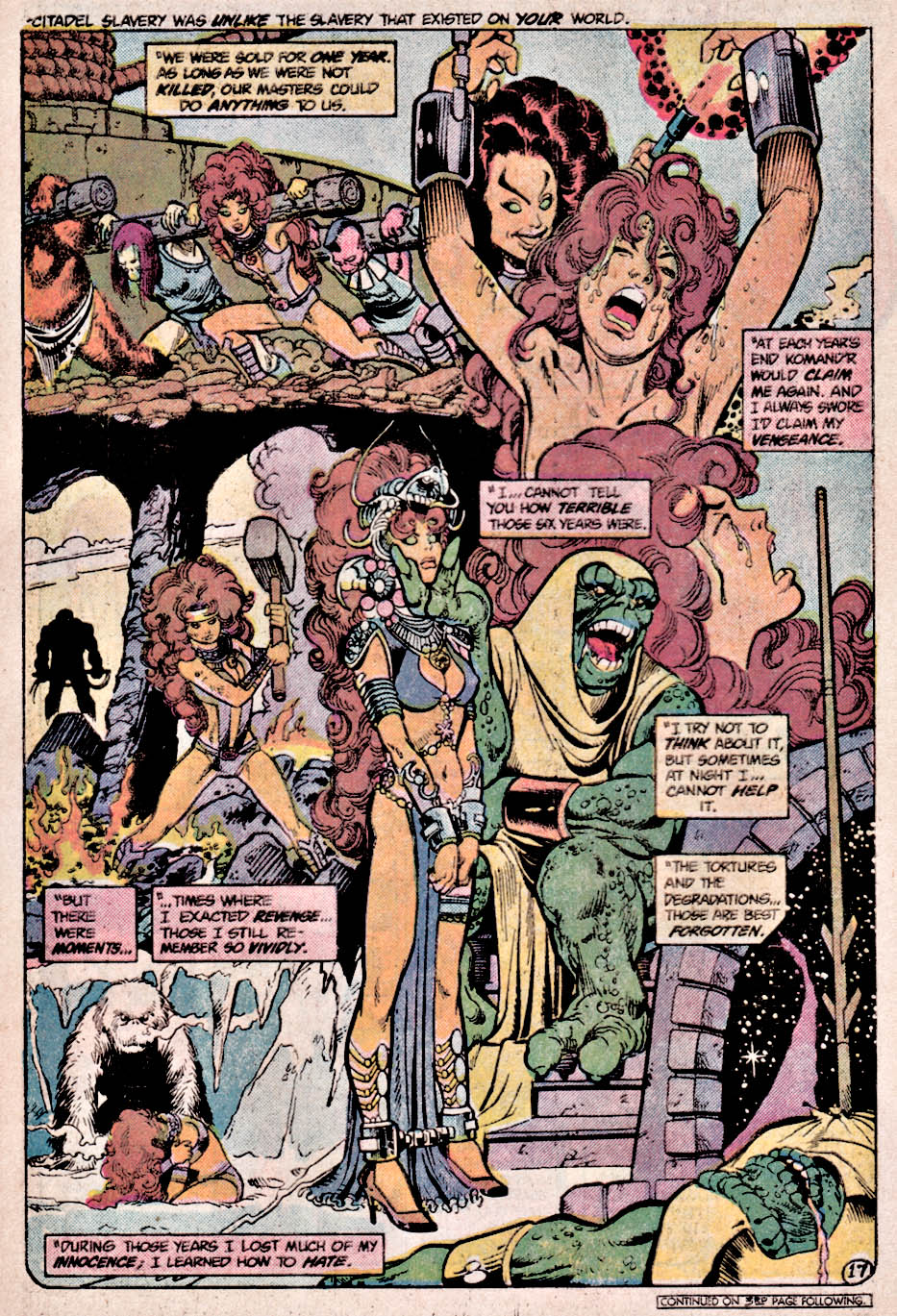Tags
Welcome to the third installment of the Top Ten Lists of my favorite single comic-book issues. The first Top Ten came out in 2011 when this blog was fairly new, but it left out all kinds of great stuff – a problem addressed with an “expansion pack” of even more awesomeness in 2014. But now in 2022, the list seems increasingly incomplete, so let’s go for round three.
The rules for inclusion are simple. First, only one book per series. This adds variety and avoids filling the list with, for example, ten issues of Nexus. Second, entrants must come from a work with individual issues, not something published as a complete, self-contained graphic novel. (Those really deserve their own list.) Third, every issue has survived numerous re-readings without losing its appeal. These are issues I’d happily share with anyone who wants a sense of everything I love about the medium.
The previous lists were in no particular order, but this one follows the order of when I first read the books — from some of my oldest, most nostalgic reads from childhood, to books I discovered in the last couple of years. Let’s go!
1. Superboy and the Legion of Super-Heroes #245.
“Mordru: Master of Earth” from 1978 was of my most-read issues as a wee Martian. I’m fairly certain I had the Whitman variant. Despite the goofy names of the teen heroes in LOSH, this issue captured my imagination with its characterizations and camaraderie between the young Superboy and his futuristic friends. When kid Kal-El succumbs to the villain’s magical summons, one of his pals restrains him with martial arts until the spell is over. All is quickly forgiven, because these friends look out for each other. We also get a detailed look at just how blazingly fast the boy of steel can move as he races against a bolt of mystic energy to carry out a daring rescue of his comrades in a slow-motion scene that even a film would be hard-pressed to match. Add in high stakes where the fate of galactic civilization is on the line, and this is a stand-out slab of 70s superhero superbness.
2. Marvel Treasury Edition #28: Superman and Spider-man.
This is the second time these two classic heroes met in the pages of Marvel Treasury Edition, but I never cared for the first one. The second, however, is the comic I probably read the most times in my life. From the spot-on, evil-yet-tormented characterization of Doctor Doom to an epic confrontation between Supes and the Hulk, from the spectacular action drawn by John Buscema to the fulfillment of my geek fantasy of Spidey meeting Wonder Woman, there’s so much to love here that I can’t even describe it all. Oddly enough, I never owned the original, oversized Treasury Edition until I was in my forties. Instead, I had a small, trade-paperback reprint of it that I basically memorized from reading it so much. This one never gets old and has stood the test of time, and it’s even more glorious at full-size.
3. The Avengers #266.
I’ve written about my love for this issue before, so I’ll just briefly reiterate that it is a stand-out issue from one of the stand-out runs on The Avengers. Combining excellent characterizations with breathtaking visuals and high stakes that rival any modern disaster movie, this issue has a lot to say about the power of mutual trust and fearless vulnerability when people set aside their differences and work together to overcome seemingly insurmountable obstacles. It’s also the third appearance of artist John Buscema in my list of favorite issues.
4. Teenage Mutant Ninja Turtles #10.
Shout out to my high-school buddy Brian who introduced me to punk rock and indie comics. If not for him, I might still be listening to Bon Jovi and reading only mainstream super-heroes. I’ve written before about my love for this issue, so I will just say that with its wraparound cover, the massive fold-out triple-splash page shown above, and adventurous layouts of relentless action sequences, this issue delivers one of the best of the best depictions of our sewer-dwelling heroes.
5. Watchmen #4.
There’s no sense in reviewing one of the most-analyzed comic-book series of all time, but this issue (along with the issue recounting Rorschach’s origin) remains among my personal favorites. In a series of flashbacks, it tells the history of Jon Osterman’s tragic transformation into a godlike being who sees the past and future all at once, and its nonlinear storytelling perfectly captures his unique perspective on life. The intimacy with which we view Jon’s life is contrasted with the remote detachment from the human condition that it brings him. The fractured narrative is more than just a storytelling gimmick; it’s integral to understanding the character.
6. Animal Man #5.
I’ve shared this issue with you before, but it breaks my heart every time I read it. This tragic take on gratuitous cartoon violence transported to the “real”, physical world is a pivotal issue for a series that blatantly broke the fourth wall and culminated in a meta-commentary on fiction. Author Grant Morrison’s choosing the plight of Wile E. Coyote to subvert our laughter at his absurd fate and lead us to see that fate from the character’s point of view speaks a lot to me as a fiction writer who loves his characters but must do awful things to them to create dramatic stories.
7. The Authority #12.
Jenny Sparks is one of my all-time favorite characters and a huge influence on Meteor Mags. This issue concludes a four-part story where her team goes up against a massive alien who is basically god. After unleashing horrific destruction on Earth to purge it of humans, god returns from outer space to wipe it completely clean. Jenny – the embodiment of the twentieth century and a goddess of electricity in her own right — enters his massive body with her team and seeks out his brain for a final showdown. God’s about to find out why you don’t mess with Jenny Sparks, and her unequivocal claim that Earth belongs to her is both reinforced by her triumph and underscored by the tragedy that follows.
8. The Manhattan Projects #19.
This issue is the culmination of a sub-plot within a series that explores the idea that the people working on the atomic bomb in the 1940s were a bunch of utterly sick sociopaths. Oppenheimer is revealed to be his twin brother who murdered and ate him, and the consciousness of the original Oppenheimer lives on inside the mind of his evil twin. A psychic war breaks out between the bad Oppenheimer (depicted in red) and the good Oppenheimer (colored in blue). The resolution is one of the most over-the-top battles in all of comics, and the tragedy which follows is one of the most stunning surprises. Relentlessly weird, often disturbing, and masterful in its brutal execution, this series is like a massive highway pile-up you can’t take your eyes off – and this issue encapsulates all those qualities.
9. Godzilla in Hell #5.
My all-time favorite Godzilla story drops the radioactive reptile into the ever-descending pits of hell to face a series of challenges I’ve shared with you before. Like an irresistible force of nature, he triumphs over every horror hell can throw his way. But in the final issue, he encounters a monster (and the monster’s swarm of smaller evils) that even he is powerless to overcome. Told entirely in wordless pictures, this issue perhaps more than any other Godzilla book, comic, or movie captures the unquenchable fire at the heart of the King of Monsters: his fearsome will to survive, to destroy all obstacles in his path, and emerge triumphant.
10. We3 #2.
Grant Morrison makes his second appearance in my lists with the second issue of a story I’ve discussed in greater detail before. Showcasing the masterful art of Frank Quitely who pulls out all the creative stops in his action-packed pages, this issue depicts three animals who have been converted into horrifying war machines and have gone on the run to escape being “decommissioned” by their creators. The cat, Tinker, proves herself with a display of brutal ferocity in some of the most inventive panel layouts you’ll find in comics. We3 is also a heart-rending tale that has been known to reduce adults to tears, and it’s a solid example of just how much emotional power can be conveyed through comics.











